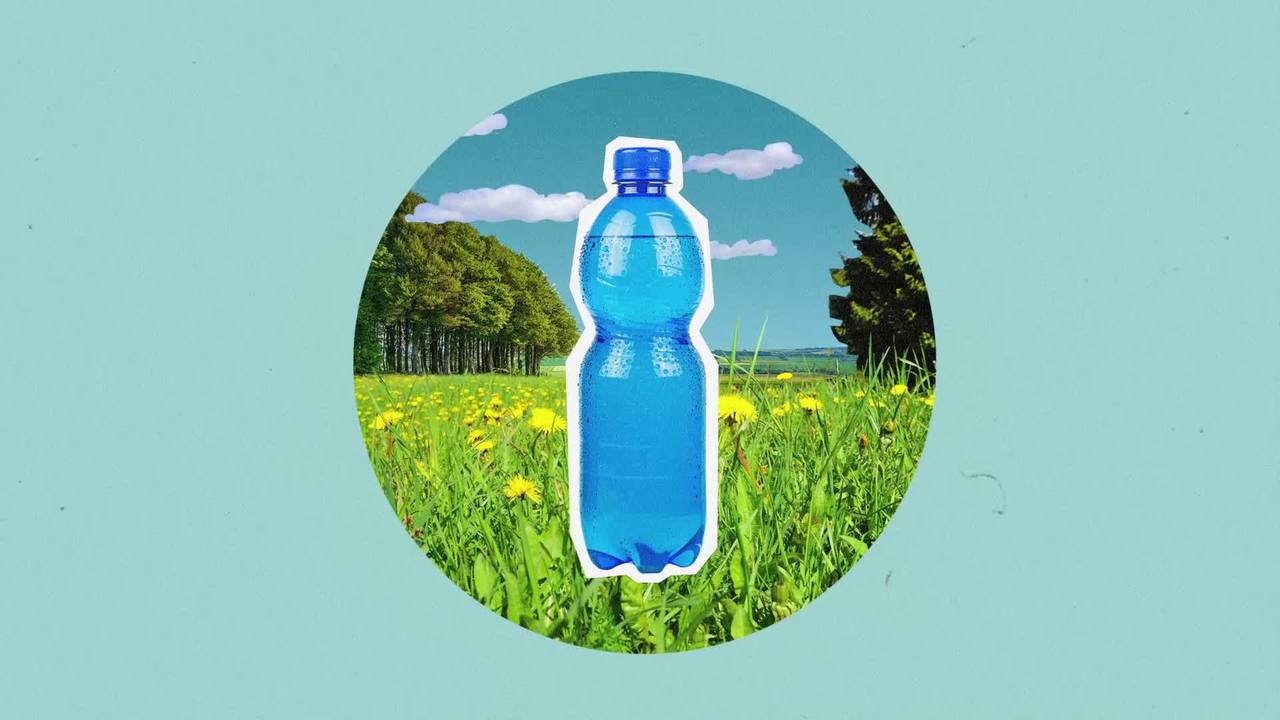URBANFILTER: Filtering out microplastics where they are created

One negative environmental impact of driving that most people are not aware of is the amount of microplastics caused by tire wear while driving. Tire wear is one of the largest sources of microplastics entering the environment. In Germany alone, the amount of tire wear is over 100,000 tons per year. Sewage treatment plants are in general capable of holding back microplastics. However, depending on the wastewater system, there are also road drainage systems that are not routed via the sewer system to a wastewater treatment plant. Frequently, road runoff is discharged directly into surface waters and poses a threat to natural waters and thus ultimately to us humans as well. Therefore, the Environmental Foundation is funding a project with the Technical University of Berlin, Department of Urban Water Management, which is researching an innovative filter system for road gullies that is intended to reduce the entry of microplastics and other pollutants into the sewer system and surface waters. The project was launched in September 2020 and is scheduled to run for around three years.
The System of URBANFILTER is modular. So far, nine different modules have been developed for the road, sewer and drain area, which, depending on the catchment area of a gully, can be configured to optimally hold back various pollutants such as microplastics, plastic packaging, cigarette butts, dog droppings or leaves. Starting with a runoff channel on the road or a special asphalt cover, in the area below various filter baskets can be installed in the sewer and in the lowest area there is a fine filtration with a magnetic filter.
The fact that more tire wear particles are produced in stop-and-go traffic or at traffic lights is also taken into account. An intelligent networking concept is considering parameters such as traffic volume, weather forecast and street cleaning. The evaluation of various data enables a prognosis for the optimal time to empty the filter as well as the predictive use of street cleaning vehicles in order to remove the pollutants from the road before they are captured by the rainwater flowing off.
Therefore the prototypes are tested and optimized on a special test stand at the TU of Berlin with the addition of different defined types of dirt particles and different rain intensities.
Since beginning of 2022, a filter has now been deployed on a busy road in Berlin. First intermediate results of lab and stress tests show that the URBANFILTER works effectively without clogging even under unfavorable conditions. It masters any sort of pollution – for example street sweepings, cigarette filters and microparticles – especially during light to medium rainfall.
The filter will continue operating on the test track in Berlin until the end of 2022. During this period one goal is to find out how to improve the filter system during heavy rainfalls without maintenance or cleaning. The researchers want to take samples both of the intake and of the water draining away in order to determine its effectiveness in real-life operating conditions over the course of the seasons.
The current state of research is demonstrated by an illustration including a webgame of the URBANFILTER and its fields of application in urban spaces.

